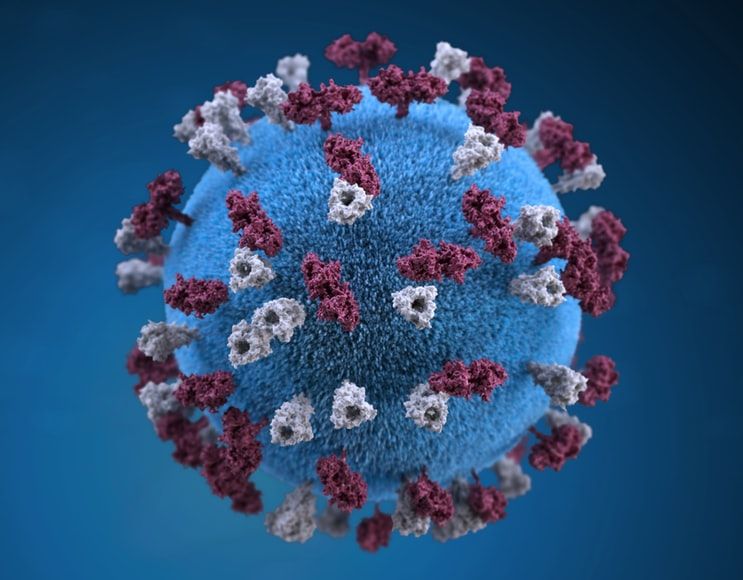The UK Health Security Agency (UKHSA) announced Friday it is investigating BA.2, a sub-lineage of the omicron variant of the coronavirus, while adding that its proportion of COVID cases remains low.
BA.2 has been dubbed the ‘stealth omicron’ by some scientists, with rising fears surrounding its seemingly faster growth.
“The designation (variant under investigation) was made on the basis of increasing numbers of BA.2 sequences identified both domestically and internationally. There is still uncertainty around the significance of the changes to the viral genome, and further analyses will now be undertaken,” the health agency said in a statement.
Also Read: COVID toe, early COVID’s ugly side-effect, may finally have an explanation
Over 400 cases of the particular substrain have been confirmed by genome sequencing in the UK. “Early analyses suggest an increased growth rate compared to BA.1, however, growth rates have a low level of certainty early in the emergence of a variant and further analysis is needed,” the statement added.
Notably, the World Health Organization (WHO) has designated three substrains of omicron (technically called B.1.1.529): BA.1, BA.2 and BA.3. Over 99% of the total omicron cases that were sequenced were of the BA.1 strain as of December 23.
Also Read: WHO recommends reduced dose of Pfizer’s COVID vaccine for under-12 children
However, infections from the BA.2 are rising in Denmark, leading to fears that it may outpace the original, or, the BA.1 substrain.
Dr Meera Chand, COVID-19 Incident Director at UKHSA, said, “It is the nature of viruses to evolve and mutate, so it’s to be expected that we will continue to see new variants emerge as the pandemic goes on. Our continued genomic surveillance allows us to detect them and assess whether they are significant.”
She added that there is insufficient evidence to determine whether BA.2 causes more severe illness than Omicron BA.1.
‘Stealth omicron’ in India
The variant has, so far, been reported in 40 countries, with the first sequences uploaded to GISAID by the Philipines. The maximum number of samples were uploaded from Denmark (6,411), while India, Sweden, and Singapore have uploaded more than 100 samples each. Its place of origin remains undetermined.
Also Read: India: 40-day-old baby girl fighting COVID becomes youngest to test positive
In India’s Kolkata, for instance, nearly 80% of COVID-positive samples sent for genome sequencing were found to contain the BA.2 lineage of the omicron variant, according to a recent report by Times of India. None of these cases had a recent travel history. These samples were sent for genome-sequencing between December 22 and 28.
“It is possible that BA.2 is causing the local cluster infection. Even as this sub-lineage is different from its siblings, genetically it belongs to the same family and hence there is no significant difference in the clinical course of the disease,” immunologist Dipyaman Ganguly from the Indian Institute of Chemical Biology told TOI.







